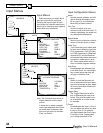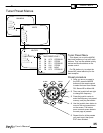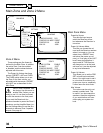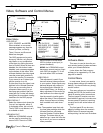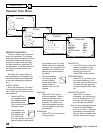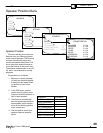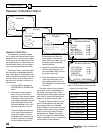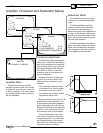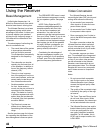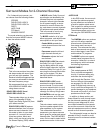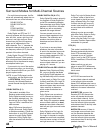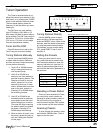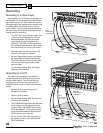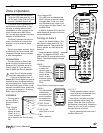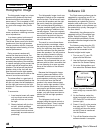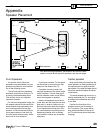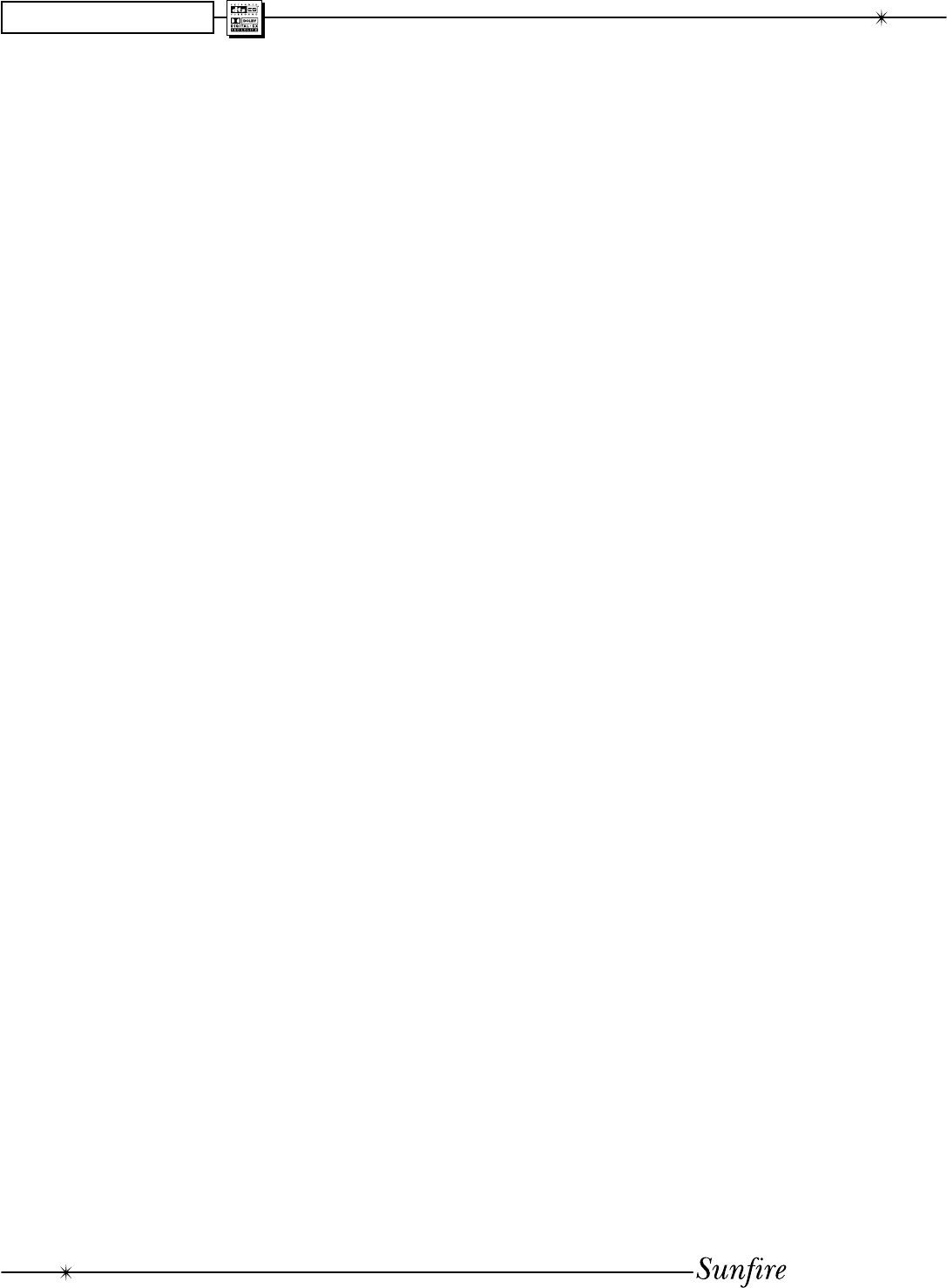
User's Manual
42
CHAPTER 5
Unlike higher fre quen cies, it is
difÞ cult to discern exactly from which
direction lower bass is coming from.
The Ultimate Receiver has a bass
man age ment system which takes
advantage of this effect. It allows you
to choose wheth er your speakers
will play the full fre quen cy range, or
if the bass will be re di rect ed to the
subwoofer.
The advantages of redirecting the
bass to a subwoofer are :
• The overall bass of the system
is im proved as subwoofers,
such as SunÞ re's powered
True Subwoofers are specially
de signed for this frequency
range.
• The subwoofer can si mul ta -
neous ly play the bass from all
of the speak ers, in addition to
its own low frequency effects
channel (LFE).
• There is no loss in percep-
tion of the po si tion of movie or
music sound effects, as the ear
cannot easily locate the posi-
tion of bass sound sources.
• Smaller speakers can be used
for front, center and sur-
rounds, as they do not have to
re pro duce the low fre quen cy
range. This leads to a saving
in speaker ex pense and room
space. Note that a sub woof er
is required if the front speakers
are set to SMALL.
• The Receiver's power am-
pliÞ ers do not waste power
re pro ducing the low frequency
range.
See the previous page for informa-
tion regarding the adjustment of the
bass management crossover points.
Bass Management
The SPEAKER SIZE menu is used
to set the bass management correctly
for your speaker system. See page
38.
NOTE: Dolby Digital and DTS
modes are designed especially for
complete systems with front, cen-
ter, and surround speakers and
subwoofers. You need all of the
speak ers to get the best per for mance
from your Home Theater. If you do not
have a subwoofer connected, then
you should not use the bass manage-
ment system (so set all the speakers
to Large). Without a subwoofer, you
will be missing the 5.1 LFE (low fre-
quency effects) information.
Considering the advantages of
the bass management system, you
might try setting all of your speakers
to Small, even if they are capable of
good low-frequency performance.
Using the Receiver Video Conversion
The Ultimate Receiver has ad-
vanced digital video DSP circuitry and
coding which allows the following:
• Up conversion from composite
video inputs to S-video and com-
ponent video outputs.
• Up conversion from S-video inputs
to component video outputs.
• Down conversion from S-video in-
puts to the MON2 composite video
output jack.
The video conversion makes the
Ultimate Receiver able to switch all
of your video sources, making it the
central controller for all of your audio
and video entertainment.
For example, suppose you have
your TV connected to the component
video outputs of the Ultimate Receiv-
er. Any of your other video sources
can be connected to the Ultimate
Receiver, even those which do not
have component video. The Ultimate
Receiver will convert any composite
and S-video sources to component
video.
Notes:
• Do not connect both composite
and S-video inputs on the same
Ultimate Receiver input. Always
connect the highest quality video
source type.
• The quality of the converted output
is limited by the quality of the origi-
nal source.
• The Tuner, Tape and Phono inputs
do not have video inputs. When
these are selected, the video stays
on the last selected video source.
• The Ultimate Receiver has sophis-
ticated video circuitry that requires
it to be pre-conÞ gured for only
one type of television broadcast
standard. For US models, this is
NTSC and for export models, this
is PAL-BGIH.



